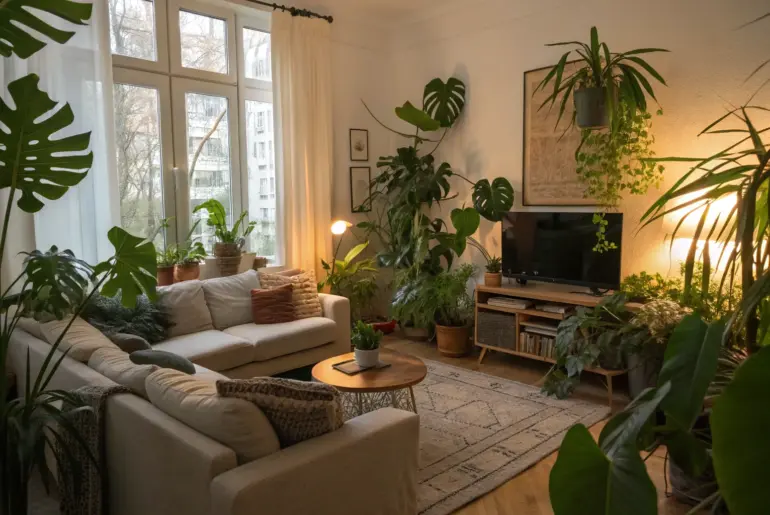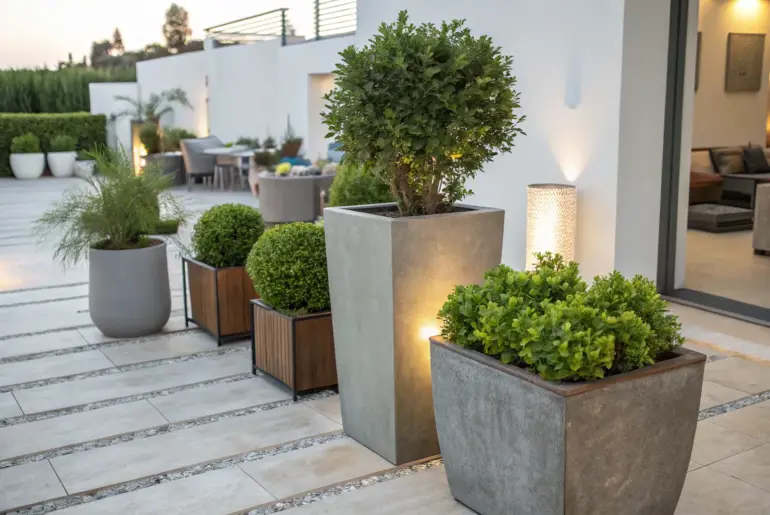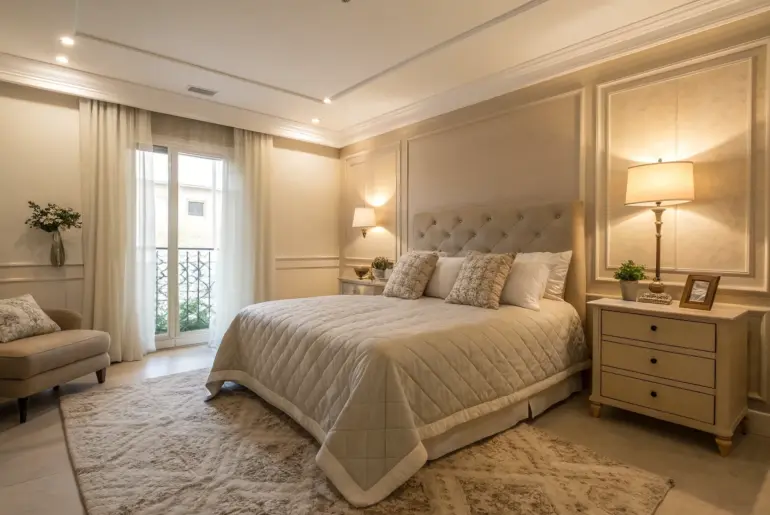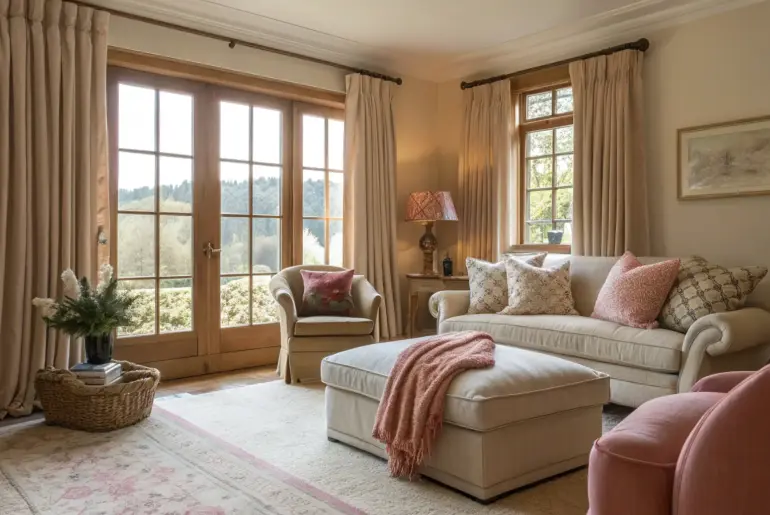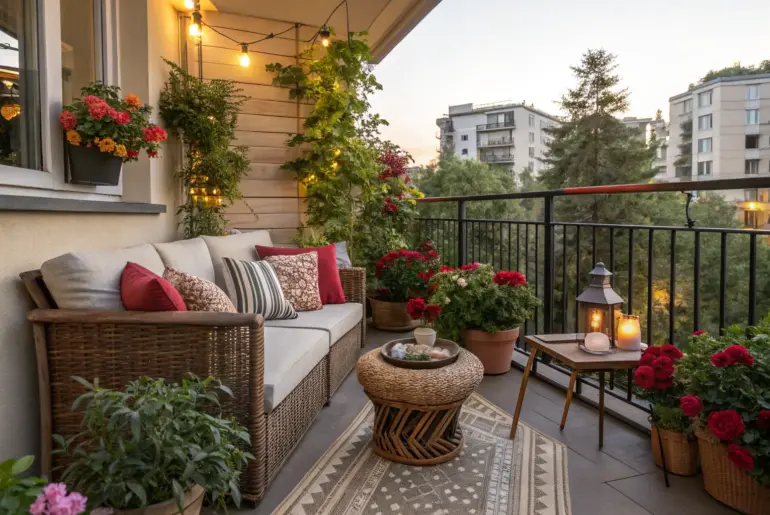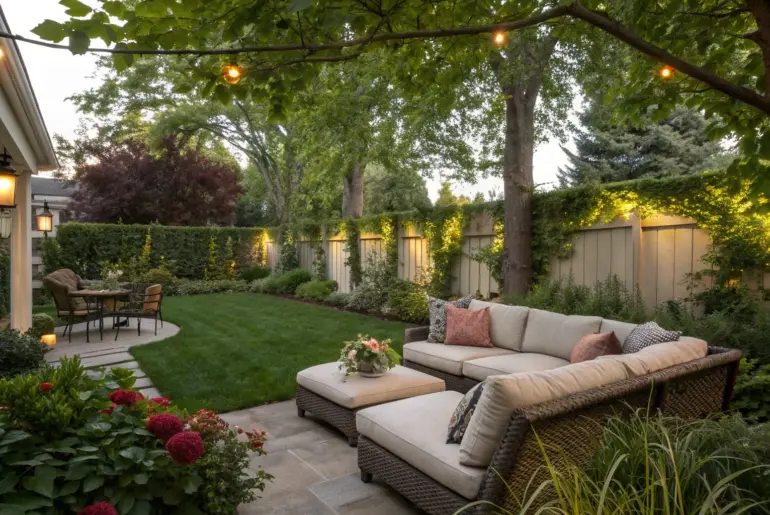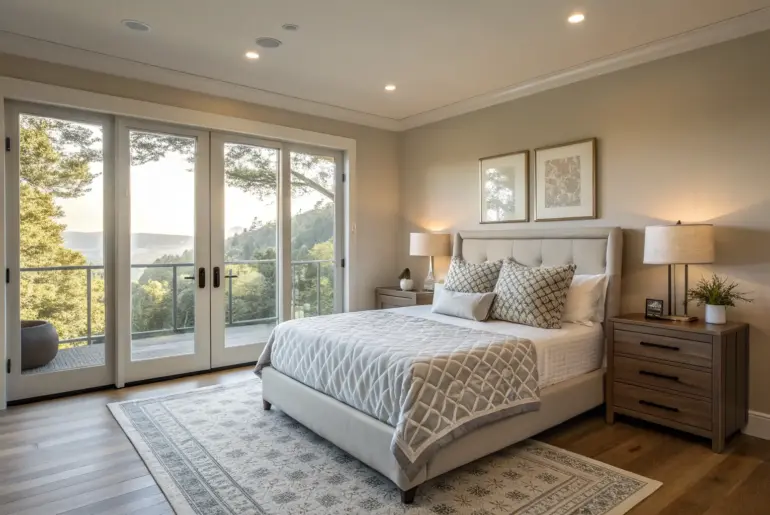Bringing living greenery and natural materials into our homes creates more than visual interest—it establishes a tangible connection to the natural world that supports both physical health and psychological well-being. These simple interventions transform interior spaces into restorative environments that nurture us daily. Understanding Biophilic Design Principles Biophilic design embraces natural light and greenery to enhance wellbeing. The human affinity for nature, termed biophilia, forms the foundation of effective interior greening strategies. Research demonstrates that…
Potscaping transforms ordinary spaces into dynamic compositions through intentional planter placement and plant selection. Rather than viewing containers as isolated afterthoughts, I approach them as architectural elements that shape outdoor rooms, guide movement, and create seasonal drama across patios, entryways, and gardens. Understanding Spatial Design Before Plant Selection Use planters to define spaces in your outdoor area, creating natural divisions between different functional zones. The most common mistake in potscaping is starting with plant selection…
When I walk into a home that shifts gracefully with the seasons, I can feel the difference immediately. It’s not about elaborate theme changes or costly overhauls—it’s about creating a living space that breathes with the natural rhythm of the year, reflecting the light, temperature, and energy unique to each season. Understanding the Foundation: Building a Transitional Base A minimalist home interior showcasing a neutral color palette, providing a perfect backdrop for seasonal accents. The…
A well-chosen neutral palette transforms your home into a sanctuary where visual noise fades and genuine tranquility emerges. Over years of working with homeowners seeking calm, cohesive spaces, I’ve found that understanding the subtle architecture of neutrals—their undertones, their relationship with light, and their capacity for layering—makes all the difference between a room that feels flat and one that envelops you in quiet sophistication. Understanding the Architecture of Neutral Color Palettes A collection of neutral…
Making a space feel finished without putting a single nail in the wall is entirely possible. These five styling strategies transform empty rooms into welcoming environments through thoughtful placement, layering, and intentional design choices that require zero hardware installation. Area rugs defining distinct zones in an aesthetically pleasing room. Area rugs serve as one of the most effective tools for defining spaces without permanent alterations. Beyond their decorative appeal, these versatile textiles anchor furniture groupings,…
A welcoming home isn’t created by accident—it emerges from thoughtful design decisions that address how we experience space on physical, emotional, and sensory levels. When you cross the threshold into a truly inviting interior, you feel it immediately: muscles relax, breathing deepens, and an involuntary sense of comfort settles over you. This response happens because skilled design speaks directly to our innate human needs for safety, connection, and ease. Design Secrets for Homes That Feel…
A well-designed balcony functions as a meaningful extension of your living space—a place where the boundaries between interior comfort and outdoor environment blur intentionally. The most successful balcony transformations don’t rely on elaborate installations or extensive budgets, but rather on informed choices about three fundamental elements: furniture that withstands exposure, plants adapted to microclimatic conditions, and textiles engineered for outdoor performance. Understanding Your Balcony’s Microclimate Assessing your balcony’s microclimate is crucial for selecting the right…
Most yards hold the potential to become places of calm. With intentional design and practical planning, even small outdoor spaces can be transformed into personal sanctuaries. Why Outdoor Retreats Matter Outdoor retreats can enhance well-being by providing a stress-free environment. Spending time outdoors is more than a luxury—exposure to green spaces reduces stress, supports mental restoration, and enhances well-being. Designing for sanctuary invites nature’s healing effect into daily life. Design Principles: Laying the Foundation Laying…
Texture speaks a quiet language in our homes, one that moves beyond what we see to what we feel. Learning to orchestrate different surfaces and materials transforms spaces from visually flat to emotionally resonant—and understanding this principle changes everything about how you design. Understanding Texture: The Foundation of Atmospheric Design Textures in home design engage both sight and touch, influencing atmosphere and comfort. Texture operates on two distinct planes in interior architecture. Tactile texture refers…
The way light moves through your home throughout the day shapes everything—your energy, your focus, the quiet moments before sleep. Natural sunlight doesn’t deliver the same illumination at 7 a.m. as it does at 7 p.m., and your artificial lighting shouldn’t either. Thoughtfully orchestrated lighting supports your body’s circadian rhythm, the internal 24-hour clock that governs sleep, wakefulness, mood, and dozens of metabolic processes. Understanding the Rhythm of Light Understanding how light affects your circadian…

